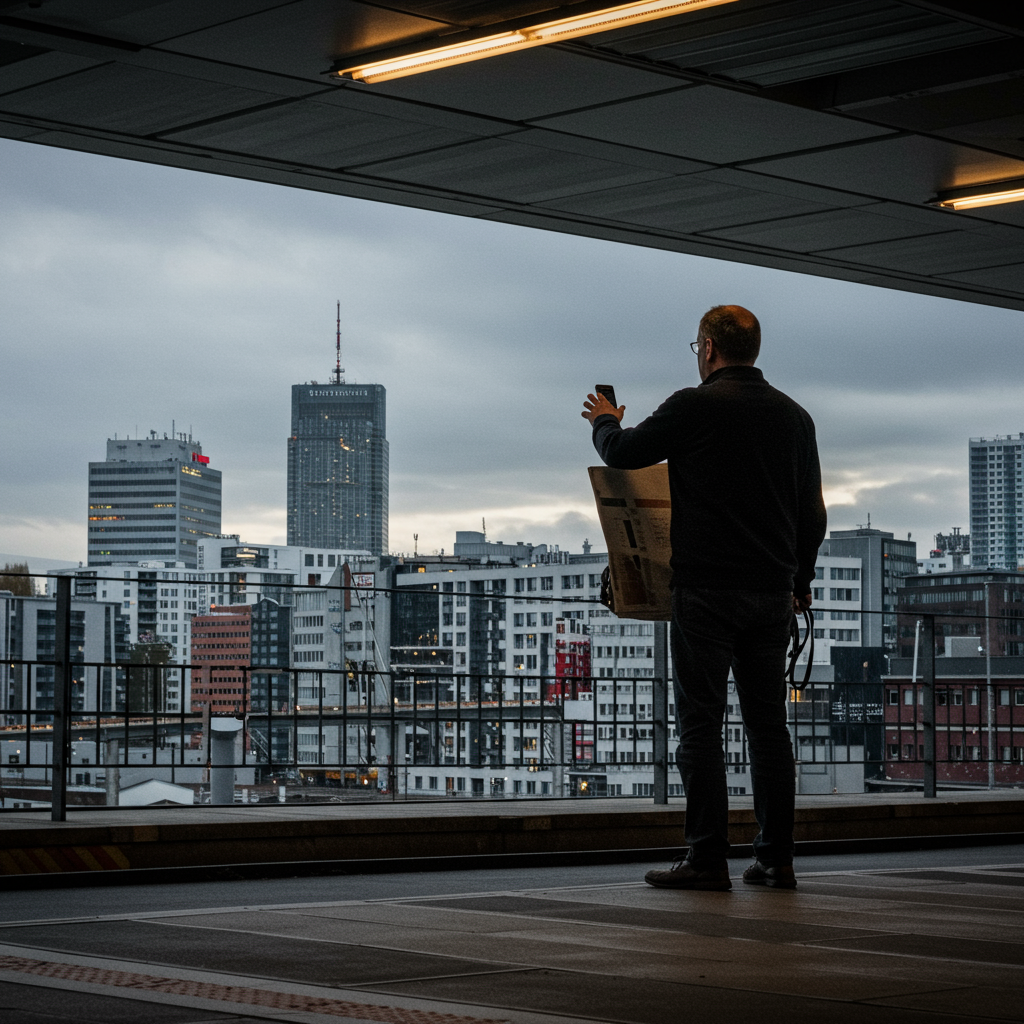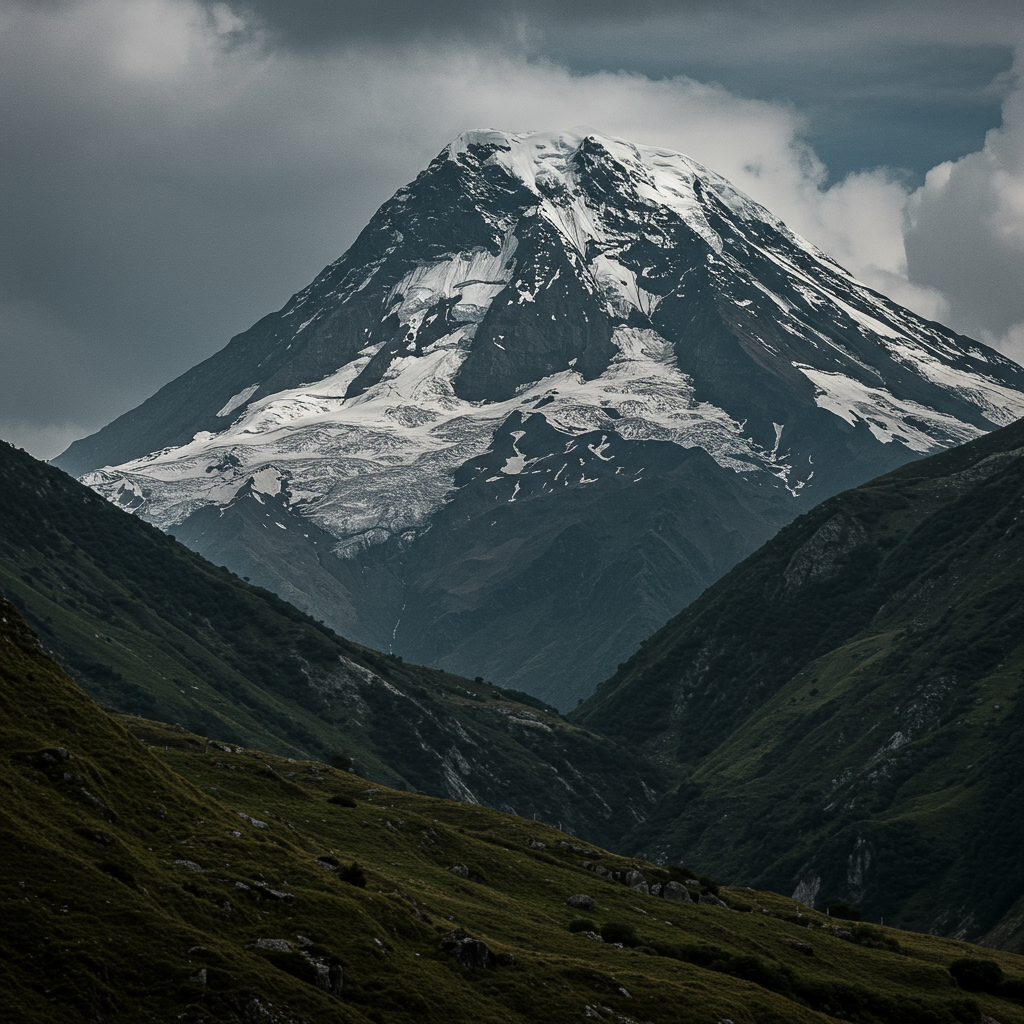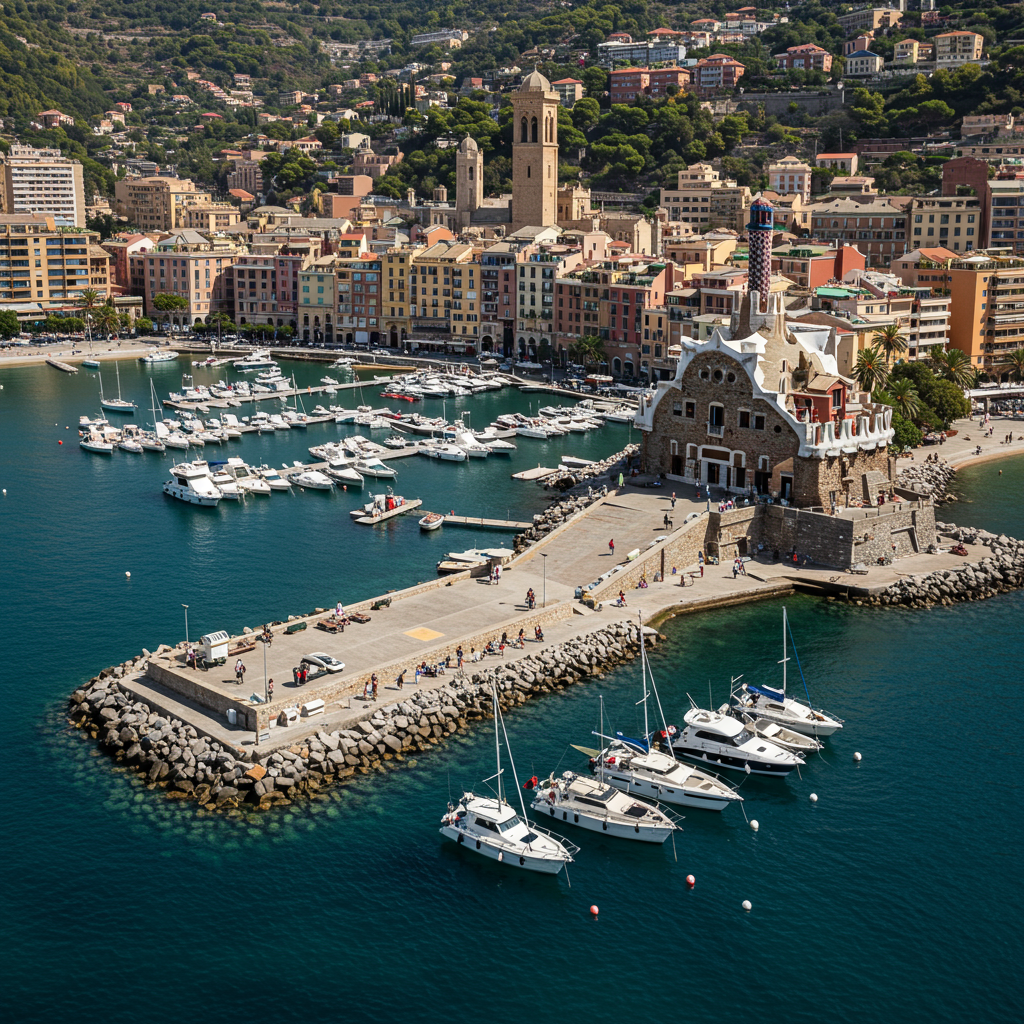When Silence Roars: The Potent Message of the 'Statue of Liberty's Silent Protest' Mural
The Statue of Liberty’s Silent Protest Walking down a city street, you encounter it. A mural. Not just any splash of color, but a piece that stops you in your tracks — demanding your attention without uttering a sound. The one I'm thinking of — or perhaps envisioning, based on its evocative title — is "The Statue of Liberty’s Silent Protest." It's a concept, real or imagined, that speaks volumes about the power of visual art in public spaces. It makes you ponder: What does Lady Liberty — that grand symbol of welcome and freedom — have to protest silently about? Her lamp, usually held aloft as a beacon, perhaps dimmed or pointed downward? Her tablet, often etched with the date of independence — now marked with a date of challenge, or loss? This mural likely doesn’t depict violent upheaval. Instead, it shows something deeper — a profound, internal struggle. The frustration of ideals unmet. Promises broken. A welcome denied. A...

















